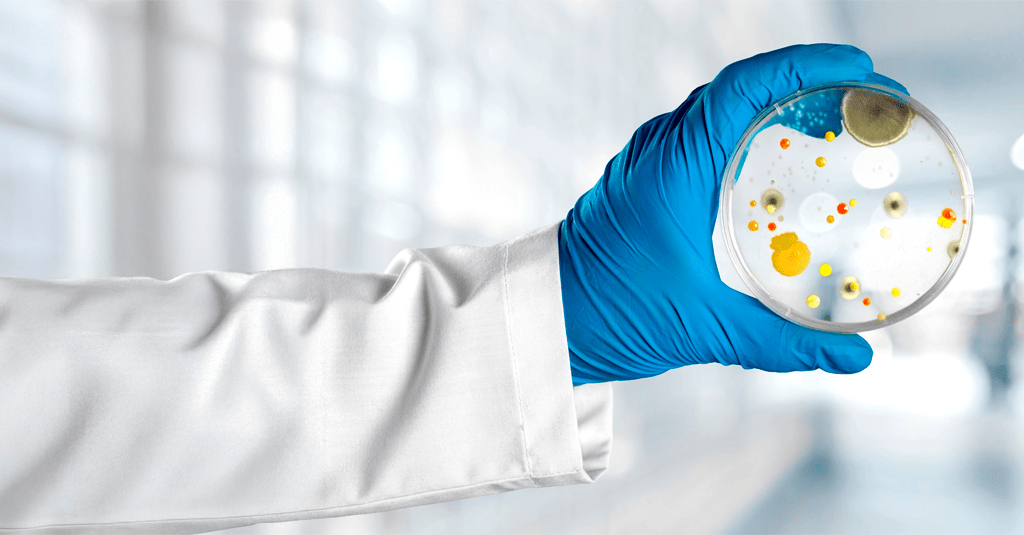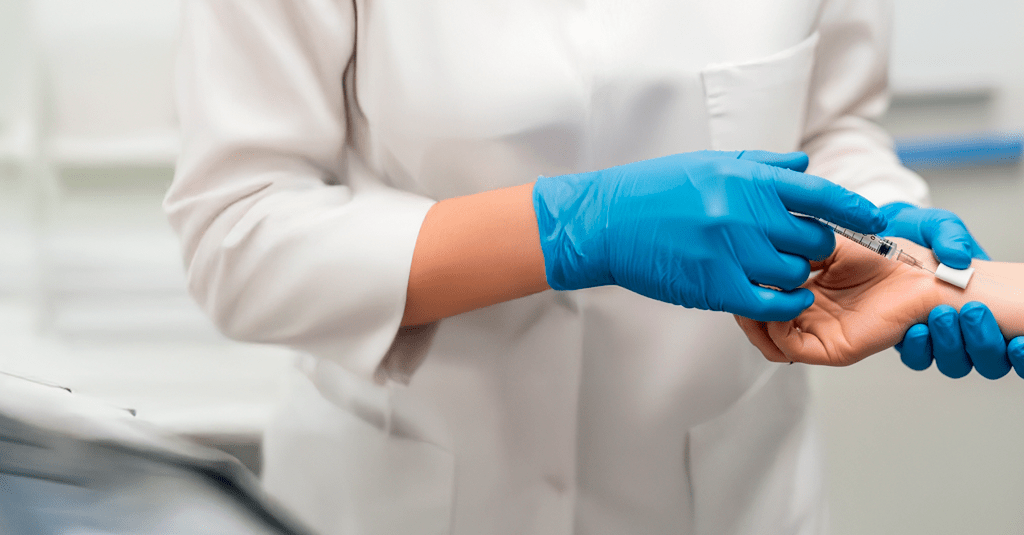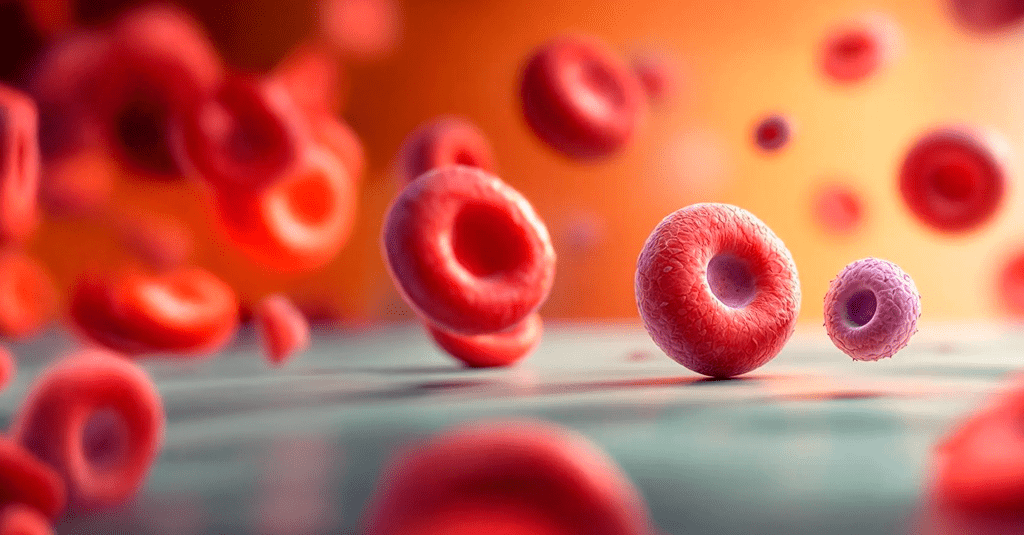The free online initiative was led by Marília Corrêa, a Chemical Engineer and Technical Analyst in the Service Management department at Controllab.
The session covered, in a practical way, essential topics such as the value of internal quality control, the application of rules, the use of Levey-Jennings charts, and data interpretation. By participating, attendees learned how CI ONLINE supports the effectiveness of laboratory routines, ensuring continuous monitoring and quality control.
Questions & Answers
The following questions were not addressed during the Online Meeting.
When a new reagent lot is received, internal controls should be used to verify that the results remain within acceptable limits, without any significant change in performance. If a significant shift in the mean is identified, it is recommended to perform a new valuation of the internal controls to adjust the metrics to the new analytical performance of the assay.
Alternative controls can be used as a complement to traditional controls. The exclusive use of alternative controls is not recommended and should only be adopted in situations where commercial controls are unavailable.
Precision, accuracy, and reliability of results in quantitative immunoassays should be ensured through the proper use of internal controls. To achieve this, the laboratory can follow the planning and implementation steps for internal control detailed in the book “Gestão da fase analítica do laboratório, vol. 2”, available for free on Controllab’s website. Initially, the type of control material to be used for the assay should be selected, the control strategies to be adopted should be defined (considering the quality specifications established by the laboratory), and the data recording method for monitoring the results should be chosen. In this way, proper implementation of internal control in routine testing can be ensured

